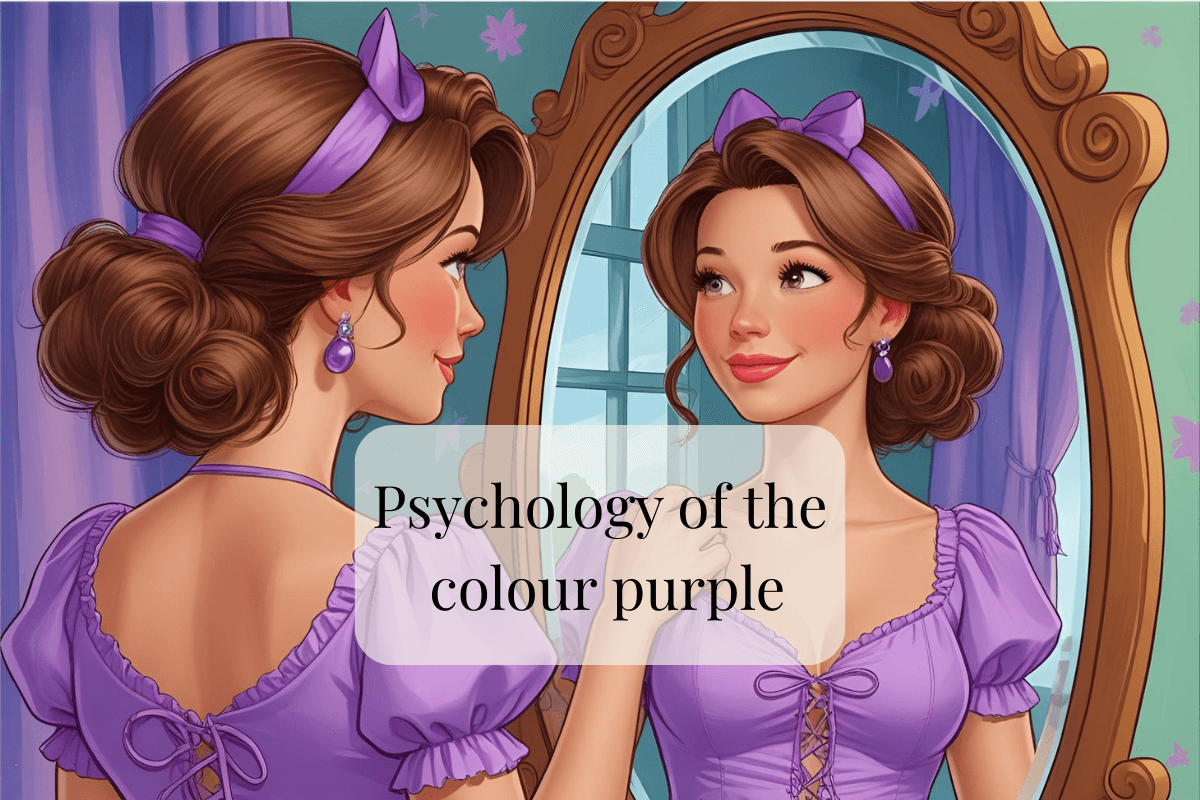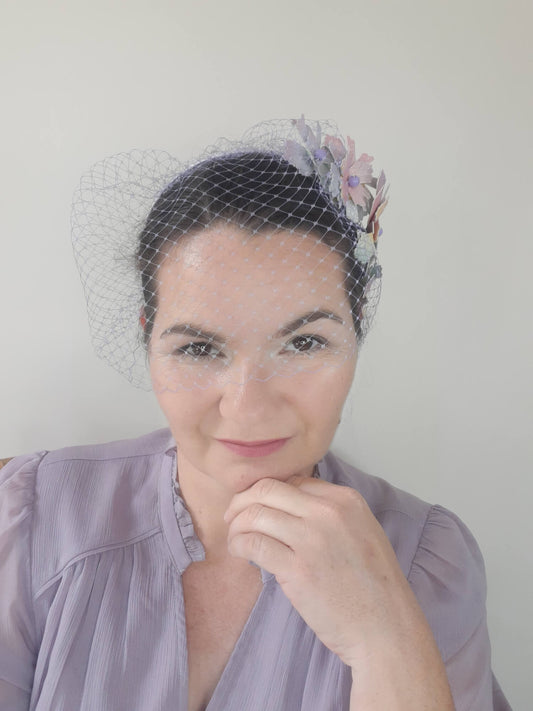
The colour purple has long captivated humanity, symbolizing power, mystery, and transformation across cultures and centuries.
From its ancient origins as a rare and expensive dye worn by royalty to its modern-day associations with creativity, spirituality, and mental well-being, purple carries a unique depth of meaning. It bridges the worlds of art, psychology, and cultural identity, appearing in everything from religious ceremonies to branding strategies. This exploration delves into the historical, psychological, and practical significance of purple, uncovering its profound impact on human perception, emotion, and everyday life.
The Symbolism of Purple Across Cultures
Ancient and Royal Significance of Purple
Throughout history, the colour purple has been synonymous with wealth, power, and prestige. Its association with royalty and divinity can be traced back thousands of years, largely due to the extraordinary rarity and cost of producing purple dye in ancient times.
The origins of purple’s prestige date back to ancient Phoenicia, where the rare and costly Tyrian purple dye was extracted from murex sea snails. The labor-intensive process required thousands of snails to produce even a small amount of dye, making it a luxury reserved for the elite. As a result, only monarchs, high-ranking officials, and religious figures could afford garments dyed in this rich hue.
This exclusivity persisted across civilizations. In Ancient Rome, emperors and senators wore togas trimmed with Tyrian purple as a mark of supreme authority. Laws were even enacted to regulate its use, reinforcing its connection to status and power. Similarly, in Byzantium, purple was reserved for the imperial family, and newborn heirs were said to be "born in the purple," emphasizing their royal lineage.
Beyond politics and royalty, purple also held deep spiritual significance. In Christianity, it became a colour of penitence and preparation, worn by clergy during Advent and Lent. Purple symbolizes both mourning—anticipating the pain and suffering of the crucifixion—and Christ’s sovereignty, celebrating His resurrection. The use of purple vestments and hangings in Lent evokes a mood of simplicity and austerity, reinforcing its sacred role in religious traditions.
Purple frequently appears in biblical texts, symbolizing royalty, wealth, and devotion. The High Priests of ancient Israel adorned garments with purple, and the fabric was used in the construction of the temple (Exodus 25:4, 26:1). Roman soldiers mockingly dressed Jesus in a purple robe before His crucifixion (Mark 15:17-20, John 19:2-5), further cementing its association with both majesty and suffering.
Even in modern times, the historical reverence for purple continues. It remains a symbol of luxury, creativity, and mysticism, often associated with nobility and prestige in fashion, branding, and art. Purple has also become a powerful cultural and political symbol. It was adopted by the suffragette movement, representing dignity and the fight for gender equality. In the LGBTQ+ community, purple is significant in the pride flag, symbolizing diversity and non-binary identities. The bisexual flag also features purple as a blend of red and blue, representing the overlap of same-sex and opposite-sex attraction.
Despite its strong historical and cultural presence, purple is surprisingly rare in national flags. Dominica is the only country that features the color, further emphasizing its uniqueness. Purple’s association with power, spirituality, and identity remains deeply rooted across different cultures and eras.
Purple in Nature
Beyond its cultural and historical significance, purple holds deep symbolism in nature. Flowers such as lavender, orchids, and violets have long been associated with beauty, calmness, and tranquility. Lavender, in particular, is known for its soothing fragrance and has been used in aromatherapy to promote relaxation and stress relief. Orchids, often considered exotic and elegant, symbolize refinement, grace, and admiration.
The rarity of naturally occurring purple pigments in plants and animals further enhances the colour’s mystique, making it a symbol of uniqueness, transformation, and depth in the natural world. Beyond its presence in nature, purple’s influence extends to human psychology, shaping emotions, mental health, and self-expression.
The Psychological Impact of Purple: A Deep Dive into Psychiatry
The colour purple has a profound psychological impact, often associated with introspection, balance, and creativity. As a blend of red’s passion and blue’s tranquillity, purple fosters mental harmony, making it a unique and powerful presence in colour psychology.
Psychological studies suggest that purple promotes relaxation, mental clarity, and spiritual connection. Its calming properties make it a popular choice in environments designed for meditation, introspection, and stress relief. Lighter shades, such as lavender and lilac, are particularly effective in reducing anxiety and promoting peace, while deeper hues like royal purple evoke sophistication, mystery, and authority.
Beyond relaxation, purple is closely linked to creativity and innovation. Artists, writers, and designers are often drawn to this colour, as it represents a balance between inspiration and serenity, helping to stimulate the imagination. The term "purple prose" even refers to overly elaborate and highly imaginative writing.
Since purple influences emotions in such varied ways, it plays a significant role in therapeutic settings. Softer tones, such as mauve and lilac, convey gentleness and romanticism, while darker purples symbolize wisdom, ambition, and power. This ability to shift between calmness and intensity makes purple an intriguing and influential colour in psychiatric and psychological contexts, shaping mood, perception, and behaviour in profound ways.
Purple in Psychiatry: Applications and Therapeutic Uses
Colour Therapy and Its Role
Colour therapy, or chromotherapy, is an alternative healing practice that utilizes different colours to influence emotions, behaviour, and overall well-being. In this context, purple is often employed for its calming and spiritually uplifting properties. The deeper shade of indigo is linked to intuition and self-awareness, stimulating the imagination and enhancing discernment, while lighter violet hues promote emotional healing, inspiration, and transformation.
Research suggests that purple light frequencies interact with neurohormonal pathways in the brain, aiding in stress reduction and mood regulation. Some practitioners of chromotherapy believe that exposure to purple tones can help address emotional imbalances, support meditation practices, and even regulate sleep patterns, particularly for individuals experiencing insomnia or anxiety.
Purple in Healing Spaces
The therapeutic benefits of purple have led to its incorporation into healing environments such as hospitals, counseling offices, and meditation rooms. Many psychiatric clinics and wellness centers integrate purple hues into their decor to create a soothing atmosphere that promotes relaxation and self-awareness.
Hospitals and recovery centers sometimes use purple lighting or decor elements to create a tranquil setting that aids emotional healing. The presence of purple in meditation spaces, whether through cushions, lighting, or visual imagery, helps individuals enter a state of deep relaxation and mindfulness, facilitating spiritual connection and mental clarity.
Purple in Stress Reduction
Stress and anxiety are pervasive issues in modern society, and purple is increasingly recognized as a tool for alleviating these conditions. Lighter shades, such as lilac and lavender, are particularly effective in reducing tension, helping to calm the nervous system and lower stress levels.
Incorporating purple into daily life can elevate mood and encourage mental balance. Whether through clothing, home decor, or artistic expression, surrounding oneself with purple hues can create an environment conducive to emotional well-being.
Practical Applications of Purple in Everyday Life
Purple in Home Decor
Purple is an excellent choice for home decor due to its ability to create a calming yet stimulating atmosphere. Lighter shades like lavender and lilac promote relaxation, making them ideal for bedrooms, meditation spaces, and areas dedicated to mindfulness. These soft purples encourage stress relief and emotional balance. Deeper shades, such as royal purple or plum, can add a sense of sophistication and creativity to a space, making them great choices for study areas or creative workspaces.
Purple in Fashion
In fashion, purple makes a bold statement. Lighter purples exude femininity, gentleness, and tranquility, while deeper purples convey power, confidence, and mystery. Wearing purple can be a way for individuals to express creativity and originality, as it is often associated with non-conformity and individuality.
Purple in Branding and Marketing
Beyond personal expression, purple plays a strategic role in branding, where its associations with luxury, creativity, and trust shape consumer perception. Many high-end brands incorporate purple into their visual identity to signal exclusivity and sophistication. Companies like Cadbury and Hallmark use rich shades of purple to convey indulgence and emotional connection, while tech brands like Yahoo! and Twitch leverage the colour’s association with innovation and originality.
Conclusion
Purple remains one of the most fascinating and multifaceted colours, weaving together a rich tapestry of history, psychology, and symbolism. Its deep roots in royalty and spirituality continue to influence its use in fashion, home decor, and branding, while its psychological effects make it a valuable tool in therapy and well-being. Whether serving as a symbol of power, introspection, or creativity, purple continues to inspire and shape human experiences.
As both a historical relic and a modern statement, it stands as a testament to the enduring connection between colour and culture, proving that something as simple as a hue can hold extraordinary meaning. The next time you choose a colour for your wardrobe, workspace, or personal expression, consider the power of purple. How might incorporating this vibrant and meaningful colour enhance your creativity, mood, or sense of self? Experiment with its many shades and discover the unique impact it can have on your daily life.
Featured collection
-
Yellow Millinery Fascinator by Melissa Rath Millinery
Regular price $220.00 AUDRegular priceUnit price / per -
Rainbow Veiled Headband with Pleather Flowers by Melissa Rath Millinery
Regular price $250.00 AUDRegular priceUnit price / per -
Purple Organza Millinery Fascinator by Melissa Rath Millinery
Regular price $220.00 AUDRegular priceUnit price / per -
Purple Millinery Boater Hat by Melissa Rath Millinery
Regular price $320.00 AUDRegular priceUnit price / per

About the Author
Melissa Rath is an Australian milliner creating unique, handcrafted hats. She shares insights on design, styling, colour theory, the history of hats and all things millinery.







